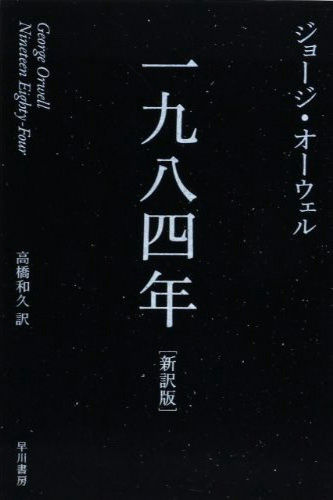What are the points to be noted and 'elegant method' when incorporating the latest technology and science into fiction works?

Incorporating the latest technology and deep scientific knowledge into your story can stimulate your reader's curiosity and thirst for knowledge, making for an interesting story. However, there are points to be aware of when incorporating technology and science into creation, and psychotherapist and author Yael Goldstein explains what the ideal style looks like.
Yael Goldstein-Love on Elegantly Weaving Science into Fiction ‹ Literary Hub

Goldstein's father, a physicist who specializes in the fundamentals of quantum mechanics, has also influenced Goldstein to live and die for a child who was at risk of death during childbirth. He said that he felt the state of superposition that he was in, and that he felt the branching of the world where his son always died because he cared about him. Mr. Goldstein says that such experiences and sensations, mixed with memories of professional conversations with his father, became the engine of creation.
For Mr. Goldstein, it was common sense in childhood to have a professional conversation with his father, so he seems to have tended to incorporate too many concepts into the conception and story of the novel. Therefore, Mr. Goldstein has created a series of rules to create 'fiction that elegantly folds science'.

Mr. Goldstein's ``rules for incorporating technology and science into stories'' are: ``Do not introduce unnecessary terms or explain scientific theories in more detail than necessary to summarize the plot.'' Don't repeat more than two full explanations, and make sure that in conversations that involve science, the relationships between the characters also deepen and change. Mr. Goldstein said that these were inspired by excellent science fiction works and works that he liked as a child, emphasizing that 'science must always help the story.'
Conversely, as a point to be aware of when incorporating technology and science into a story, from my own experience, ``Science does not help the author, but rather hurts him because the author is trying to give meaning to science. When you are,” Goldstein points out. As we deepen our knowledge of technology and science and try to reflect it in our stories, we unconsciously believe that fictional theories are correct, but the laws of the world and the laws of fiction are, of course, different.

Mr. Goldstein seems to have found it difficult to write while protecting his own rules when actually writing. By making a story that uses technology and science, I have experienced many failures such as not being able to convey fear in scenes that should incite fear, and confusing scenes that should have been moving. It has been rewritten repeatedly. At that time, I consulted quantum computer expert Scott Aaronson about the project. If I had tried to 'explain' in quantum mechanics what it meant, it would have pulled me out of the story completely and not motivated me to read any further.'
With Aaronson's advice in mind, Goldstein cites a fundamental principle of fiction, ' suspension of disbelief ,' which is said to derive from the principles of Greco-Roman theater. Suspension of disbelief is the idea that in order to enjoy a story, one should avoid critical thinking about the unrealistic elements inherent in fiction. Goldstein says that when trying to reflect a deep knowledge of technology and science in a story, trying to explain everything in the story 'ruins the suspension of disbelief.'
Related Posts:
in Note, Posted by log1e_dh







